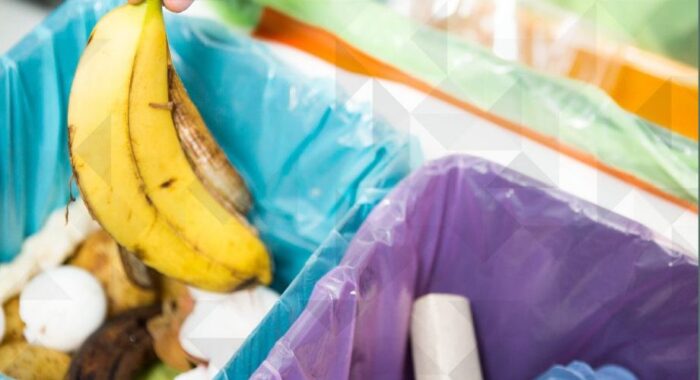
By Equipe de Redação
Posted in March 1, 2023

Selective collection or selective collection is the term used for the collection of materials that can be recycled, previously separated at the generating source. Among these recyclable materials we can mention the different types of materials.
Garbage, Waste, Tailings what makes them different
You may have already heard about these topics, well, the term “waste” is very widespread and popularized, but it is not the correct way to refer to materials that, in theory, are no longer useful.
Selective collection is a method that optimizes the processes of disposal of “waste”, which in this case are “waste”, discarded materials that can be recycled or reused.
So you might be wondering, and what term refers to waste that no longer serves? Are these called garbage? No. In fact, materials that, after having gone through the recycling process and exhausted any type of use, are called “waste” because they cannot be reused anymore and must be disposed of correctly in an appropriate place.
Importance
The importance of selective collection is precisely to contribute to the conservation of the environment and sustainable consumption, collaborating with the reduction of environmental impacts caused by excessive consumption and incorrect disposal of waste.
Waste separation prevents contamination of reusable materials, increasing their added value and reducing recycling costs. In addition to providing jobs and sources of income.
It can also be seen as a public health issue, as once this waste goes to inappropriate places, it can form breeding grounds for mosquitoes and other disease vectors. In addition to other venomous and dangerous animals.
Wind and rain can carry waste into seas and rivers. And plastic waste that has not gone through selective collection can enter the food chain of animals causing species to be harmed and even extinct.
The practice of selective collection is one of the pillars of sustainability.
Materials sorted by color
We bring here the main materials and the colors intended for each one of them. Check out:
We also have a text on the blog that covers a little more other types, such as the Collection of contaminated waste.
For your company
According to Sebrae, the correct disposal of waste characterizes good management of a company’s routines. What can also constitute a competitive advantage, especially in relation to green marketing so widespread today in the market.


Our business analysts are ready to help your company with the best environment solutions.